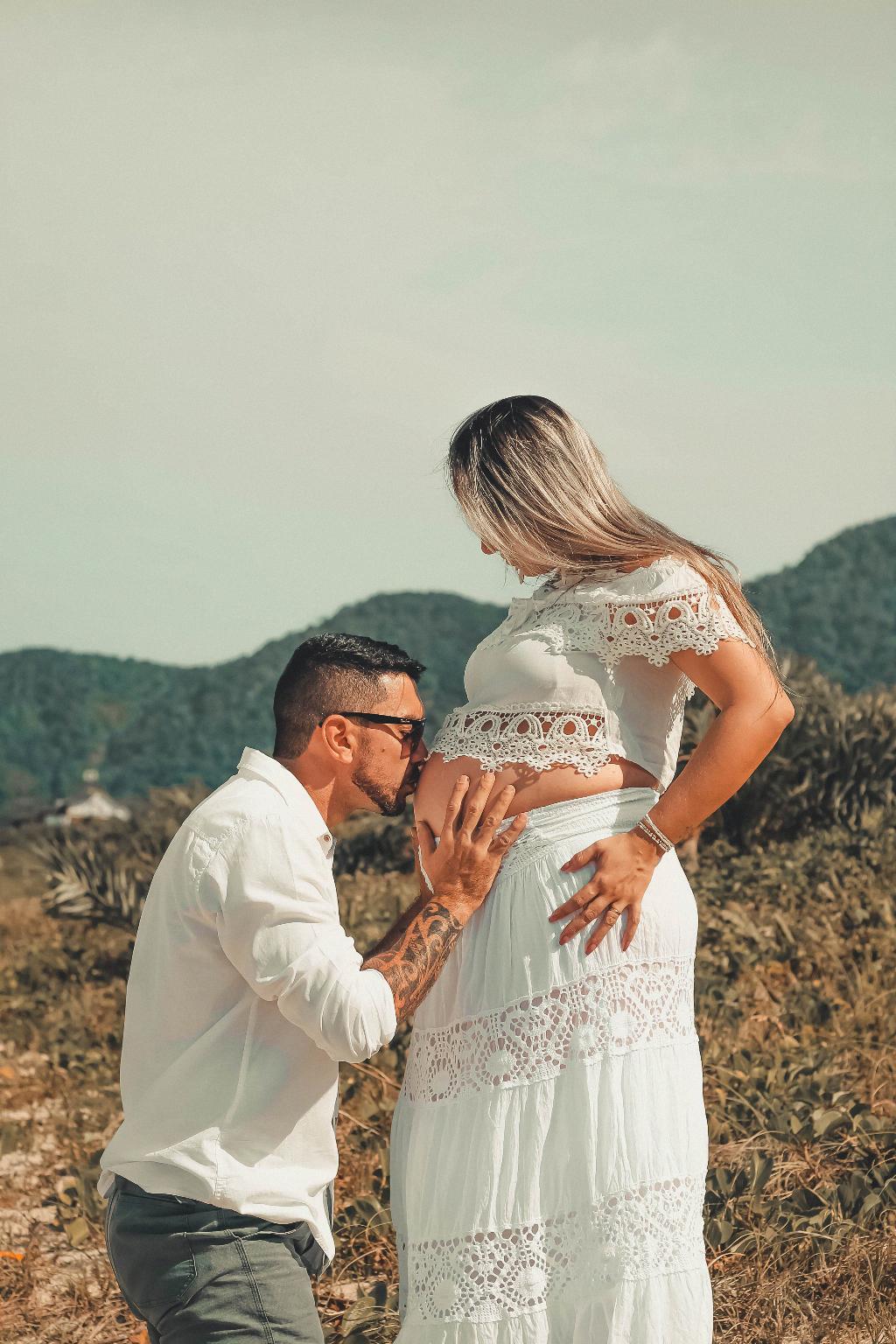Concerns about poison ivy spreading to babies are common among parents who want to protect their little ones from discomfort and possible rashes. But the good news is that poison ivy or poison oak cannot be spread directly from person to person through contact with blisters or the fluid inside them. Instead, the oils from these plants are what can lead to further contamination.
Preventing Spread Through Oils
While direct contact with affected individuals may not lead to the spread of poison ivy, caution must be taken to avoid transferring the plant oils. These oils can stick to the skin, clothing, and shoes, and it’s essential to wash these items thoroughly to prevent inadvertent contact. As children may come into contact with various surfaces, ensuring cleanliness is vital.
Protecting Your Baby
When it comes to protecting your baby from potential exposure to poison ivy, proactive measures are key. Educating yourself on what the plant looks like and where it commonly grows can help you avoid areas where contact may occur. Additionally, dressing your baby in long sleeves and pants while outdoors can provide an extra layer of protection.
Immediate Action
If you suspect that your baby has come into contact with poison ivy, swift action is necessary. Washing your baby’s skin with soap and water can help remove any lingering plant oils and reduce the risk of a reaction. Be sure to wash their clothes and any other items that may have been in contact with the plant promptly.
Monitoring for Symptoms
While not all individuals may react to poison ivy or poison oak, it’s essential to monitor your baby for any signs of a reaction. Common symptoms include redness, itching, swelling, and blistering of the skin. If you notice any of these symptoms, consulting a healthcare provider is advisable.
Seeking Medical Advice
If your baby does develop a rash or symptoms after potential exposure to poison ivy, seeking medical advice can help ensure proper treatment. Your healthcare provider may recommend over-the-counter remedies, prescription medications, or other interventions to alleviate discomfort and promote healing.
Understanding Allergies
It’s important to remember that everyone’s sensitivity to poison ivy can vary, including babies. While some individuals may have a mild reaction to the plant, others can experience more severe symptoms. Being aware of your baby’s potential sensitivity can assist you in taking appropriate precautions.
Environmental Considerations
Being mindful of the environment your baby is in can also help reduce the risk of exposure to poison ivy. Removing these plants from your yard or living area, if possible, can create a safer space for your child to explore without the worry of coming into contact with the irritant.
Teaching Awareness
As your baby grows and becomes more independent, teaching them about plants like poison ivy and the importance of avoiding contact can empower them to protect themselves. Providing age-appropriate information about potential risks in the outdoors can help instill good habits early on.
Enjoying the Outdoors Safely
While concerns about poison ivy may be valid, it’s essential to remember that with proper precautions and awareness, your baby can still enjoy the outdoors safely. By taking proactive steps to mitigate the risks and being prepared to address any potential exposure, you can create a happy and healthy environment for your little one.
Conclusion
Ultimately, while poison ivy can’t directly spread from person to person, being cautious about the plant oils and taking steps to prevent exposure are crucial in protecting your baby. By staying informed, acting promptly if exposure occurs, and seeking appropriate medical guidance if needed, you can help ensure your baby’s well-being while exploring the natural world.

